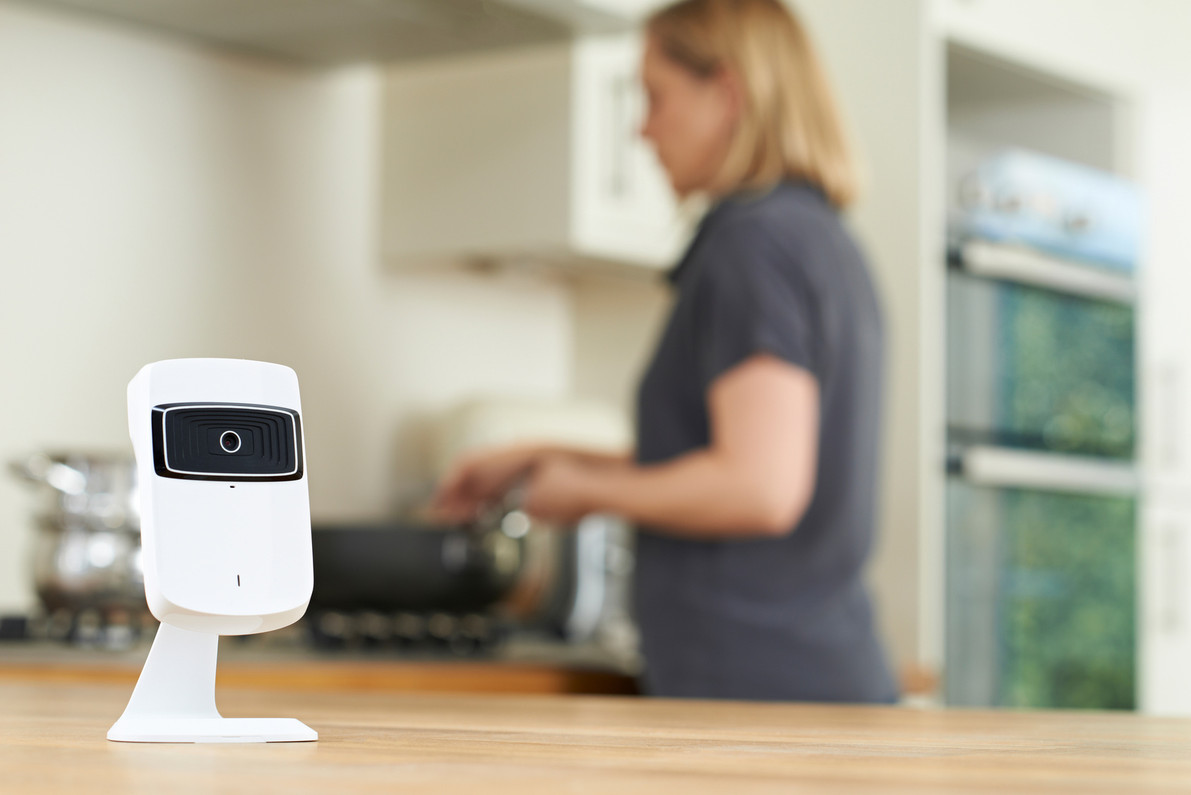How to Install a Security Camera at Home
A burglary happens every 20 seconds in the United States so it's no wonder why one may question how to install a security camera.
Most burglaries happen between 10 am and 3 pm. This goes against the public perception of the night-time raider. These daylight hours are the prime time for theft since most people are at work or attending school.
A few other interesting facts about burglary:
- Most burglars target a different home if they find a security system
- Most burglaries committed are by someone living within a two-mile radius
- Most burglaries take place within a 10-minute time frame
30-34% of the time a burglar enters through an unlocked door or window -- many through the front door! These events lead to an average $2,251 in lost items.
The kicker? Only 13.6% of cases lead to arrest.
If that's not enough to make one wonder how to install a security camera then we don't know what's the breaking point.
Want to know how?
How to Install a Security Camera
The installation of a security camera is quite easy. Systems are installed within an afternoon with a bit of dedication and time.
Types of Security Cameras
There are four main types of security cameras:
- Wireless
- Hardwired
- Partially wireless
- Game cameras
A hardwired security system has the best set of features due to their quality design and continued operation. The hardware transmits a higher quality image. This is important to identify the culprit committing the burglary.
Wireless security systems are a popular choice due to the lower pricing, online recording (DVR), and real-time monitoring through a website or app.
Overall, it's likely that a wireless security system is the best choice for most homes. It blends the right balance of quality, price, and flexibility.
Installation Tips & Tricks
There are a few features to consider when learning how to install a security camera so the home is well protected:
- Cameras should have wide-angle lenses to capture a larger area while also having the ability to tilt and zoom
- Motion detection and night-vision is a must
- They are indoor and outdoor approved (water and weather resistant)
Once the security cameras are purchased it's a matter of installing them in the key locations of the interior and exterior of the home.
- Use a blueprint of the home to map the placement of the cameras
- Dedicate a space for security recordings and test the equipment
- Install the cameras in areas such as the front door, windows, patio, and other entry points at a high, broad angle
- Attach or link the camera to the video source and DVR
Home security systems come packaged with step-by-step instructions (written and/or video) that should make the installation a breeze.
It Doesn't End at the Cameras
A security system is a great way to deter home burglaries but it isn't the end-all, be-all of protection. One must be diligent with the safety of their home, family, and community.
There are extra steps one may do to improve their security after the installation of a security system:
- Take part in a neighborhood watch
- Report suspicious activity and individuals
- Stash important valuables in hidden safes
- Consider a firearm and concealed weapons permit
This combination mixed with security cameras will give the person the best chance to deter burglaries before they happen.
Over to the community...
What are great recommendations (not covered in this post) on how to install a security camera that we should all know?
Recent Posts
-
Decorate Your Home with Wooden Lamps and Lights for a Vintage Look
Lighting is a key element in creating a sense of beautiful ambience for your home. With such a va …Jul 20th 2024 -
How to Choose Perfume for Your Skin Type
Genetics determines your skin type and sensitivity. So, everyone has different tolerances when …May 3rd 2024 -
10 Must-Have Products for Your Unforgettable Summer Vacation
Summer is the season of adventure, relaxation, and creating lasting memories. Whether you're plan …Jul 28th 2023




